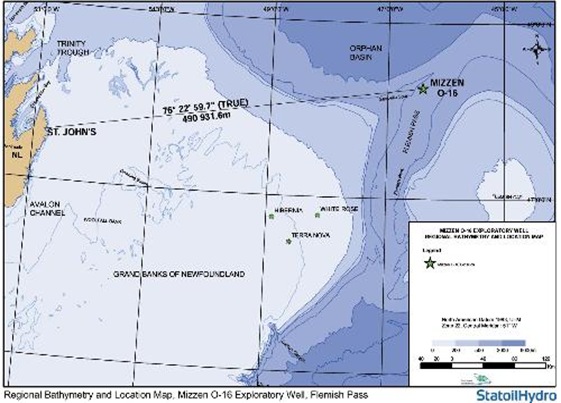As renewNewEngland.com reports, the Maine state legislature recently passed an initiative designed to encourage small, locally-owned green energy generation concepts. The bill was signed into law on June 26.
The new law establishes a six-year pilot program to encourage the development of community-based renewable energy in Maine, defined as a majority locally-owned facility that generates electricity from an eligible renewable resource. The pilot program has an overall program cap of 50 MW, 10 MW of which is reserved at the outset for projects that have a generating capacity under 100 kW or are located in the service territory of a consumer-owned utility. To be eligible for the program, renewable energy projects must (1) have a generating capacity of 10 MW or less, (2) secure a resolution of support from their local community (projects with a capacity of less than 100 kW are exempt from this requirement), (3) be connected to the grid, and (4) have an in-service date of September 1, 2009 or later.
This has all the hallmarks of a growing trend south of the border to focus on private sector development of small energy developments. It’s based on the belief – apparently - that small is not only less harmful to the environment but that local initiative and local capital can successfully combine to meet a portion of the nation’s energy needs. The approach is supposed to create jobs and, since it is handled by the private sector and costs are relatively small, stimulate the growth of local businesses.
Compare that to the official philosophy in Newfoundland and Labrador that is touting an energy megaproject that thus far has no customers outside the northeast Avalon peninsula. Incidentally, even your humble e-scribbler’s sister missed the point that the infeed the provincial government is trying to ram through Gros Morne is designed to bring power to townies, not Yanks.
There is no plan in public at this point to extend any power lines south of the island of Newfoundland. There likely won’t be if customers can’t be found for the juice. Anyone who has read any part of the environmental review documents for the infeed to Soldiers Pond will understand that the thing is justified entirely on a supposed power shortfall on the island within the next decade.
They plan to meet that supposed need with Lower Churchill power at a cost of $6.0 to $9.0 billion. As the 2007 energy plan puts it:
This demand is forecast to grow at a fairly steady, moderate pace over the next several years. This would result in a need for new sources of supply on the Island prior to 2015, and later in Labrador. As a result, we plan to develop the Lower Churchill project, which will include a transmission link between Labrador and the Island.
Anyone reading the environmental impact documents will also realise that the provincial government’s energy company has effectively ignored the potential for small hydro developments or other small electricity projects to meet local need. Even when an energy corporation official talks about wind power, it is obvious the corporation is fixated on the export market. And when they think exports, big is all they seem to see.
There’s been a moratorium on small hydro projects in the province since the late 1990s. While the provincial government committed two years ago to make a decision on the moratorium this year, odds are the decision won’t be made on time. Even if it is made, the energy plan links the Lower Churchill and alternative sources for the island in an “either/or” proposition. If the government proceeds with the Lower Churchill, alternatives are dead issues. If the Lower Churchill dies, then small generators are the way to go.
As for private sector capital investment, you only have to consider that one of the effects of the expropriation bill last December to see the official attitude to the private sector. While everyone fixated on Abitibi, the expropriation also included seizing control of just exactly the kinds of small hydro that Maine and others are encouraging and hand them over to the provincial government’s energy corporation. Star Lake - totally unrelated to the Abitibi mill - was one of the casualties of the expropriation, as was the Exploits River partnership, a joint venture between Abitibi and locally-based Fortis.
If that doesn’t convince you, consider that in the event small hydro projects go ahead, the energy plans mandates that only the provincial government energy corporation will be involved:
If the Provincial Government lifts the moratorium, it will institute a policy that the Energy Corporation will control and coordinate the development of small hydro projects that meet economic thresholds and are viable for an isolated island system.
And it’s not like the energy corporation has been very efficient at exploring alternatives to its current obsession with megaprojects. The earliest proposals for wind energy farms on the island turned up over a decade ago. However, it took another six years for a small project to start on an isolated island and another seven years for a report to examine the issues involved in wind generation and another two years after that before the first larger demonstration project started.
If Newfoundland and Labrador followed the approach of other jurisdictions, the people of the province could reaping the big economic and environmental benefits of innovative, small energy generation.
Unfortunately, the provincial government’s energy plan is fixated on government monopoly and megaprojects. The only things big in that are costs and - of course - project delays.
The Lower Churchill was supposed to start in 2009. By the latest estimates, the earliest it could start construction is after 2011.
-srbp-


